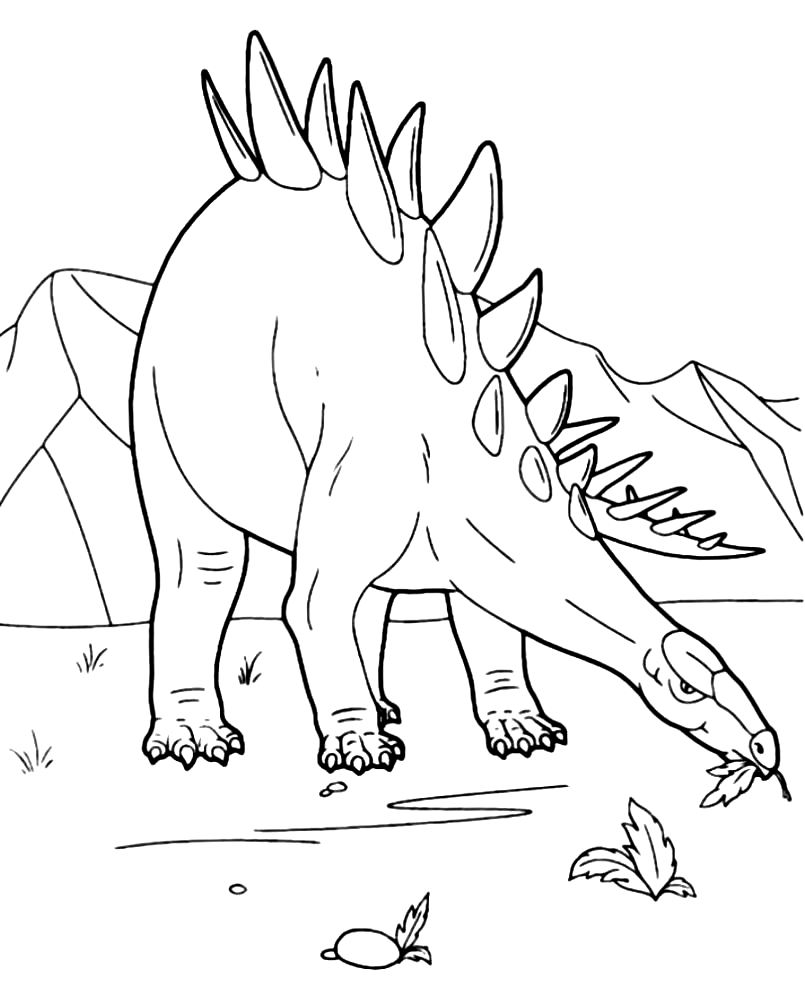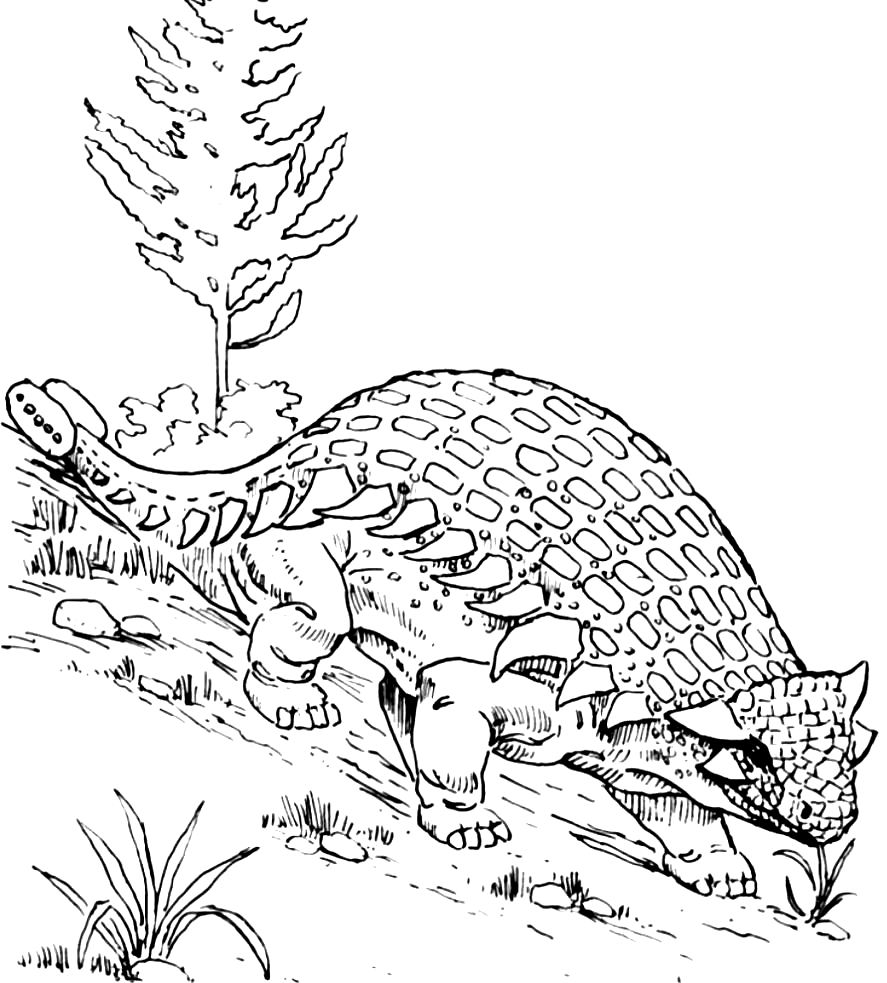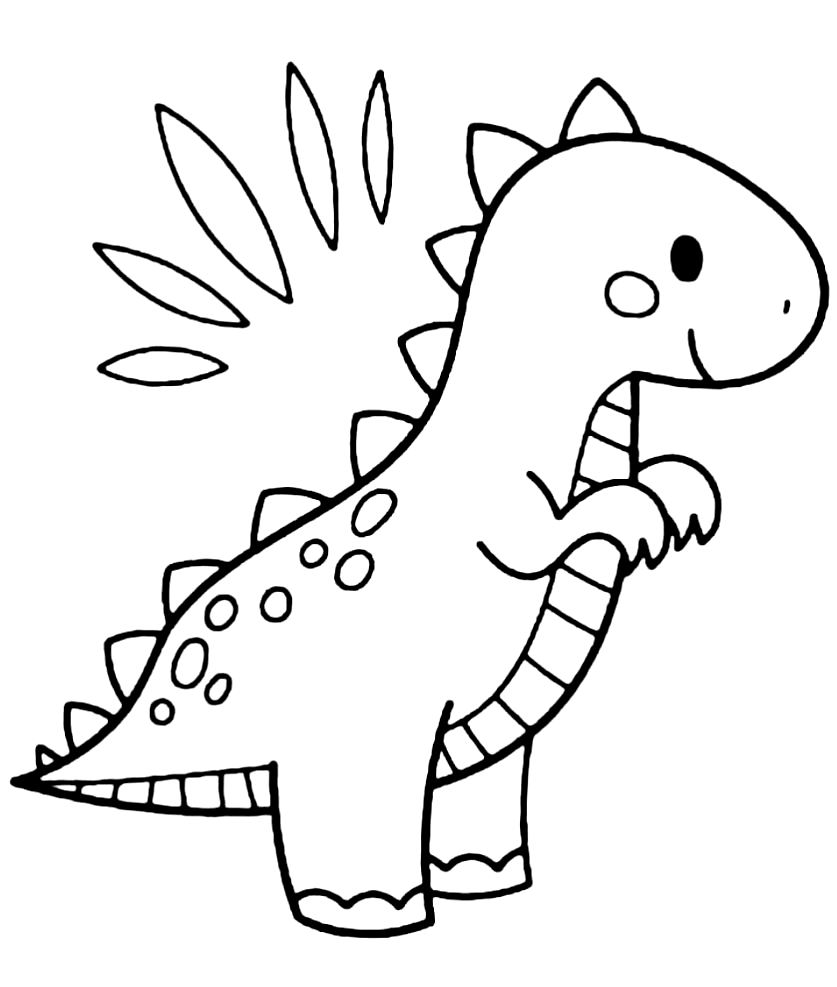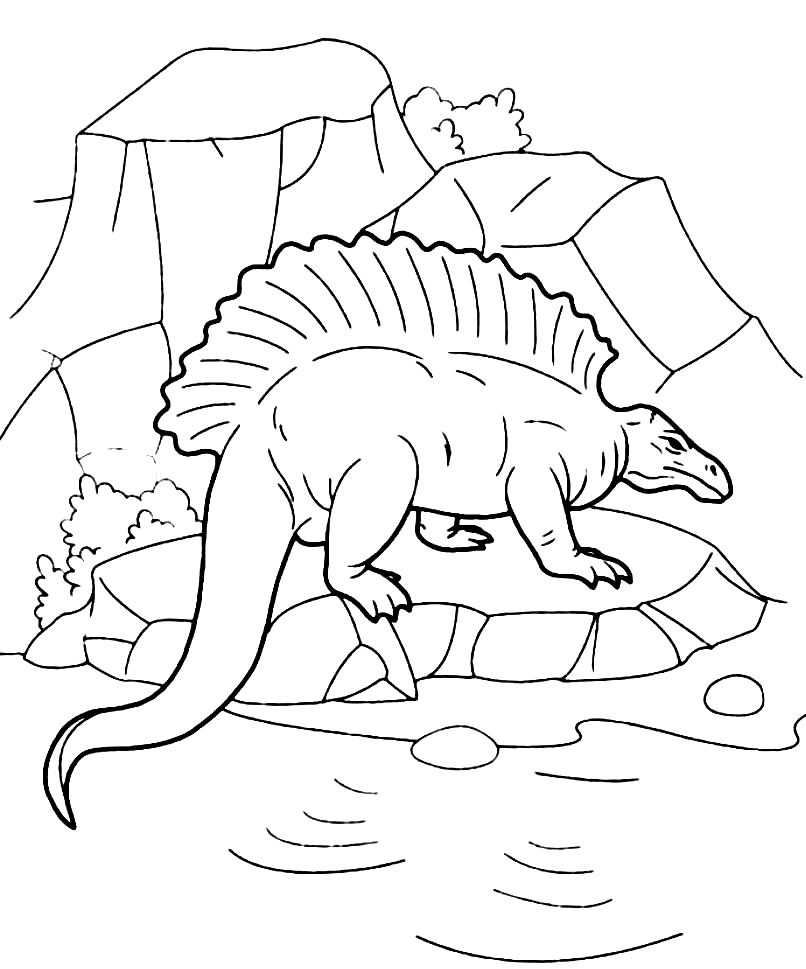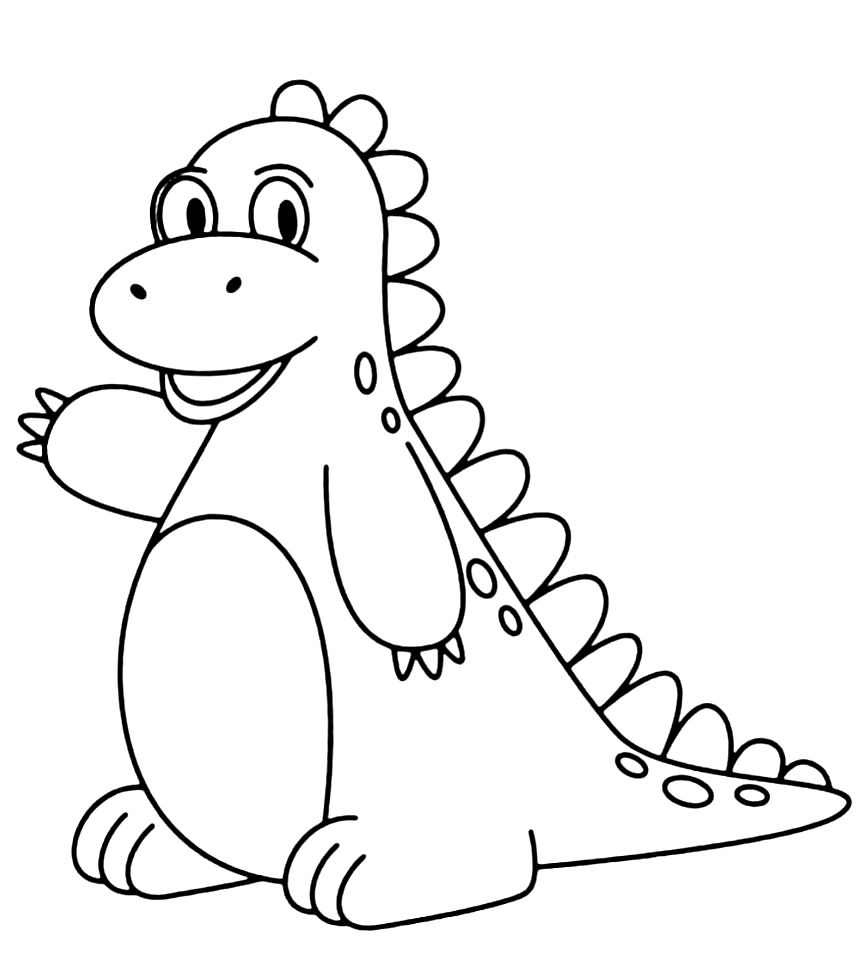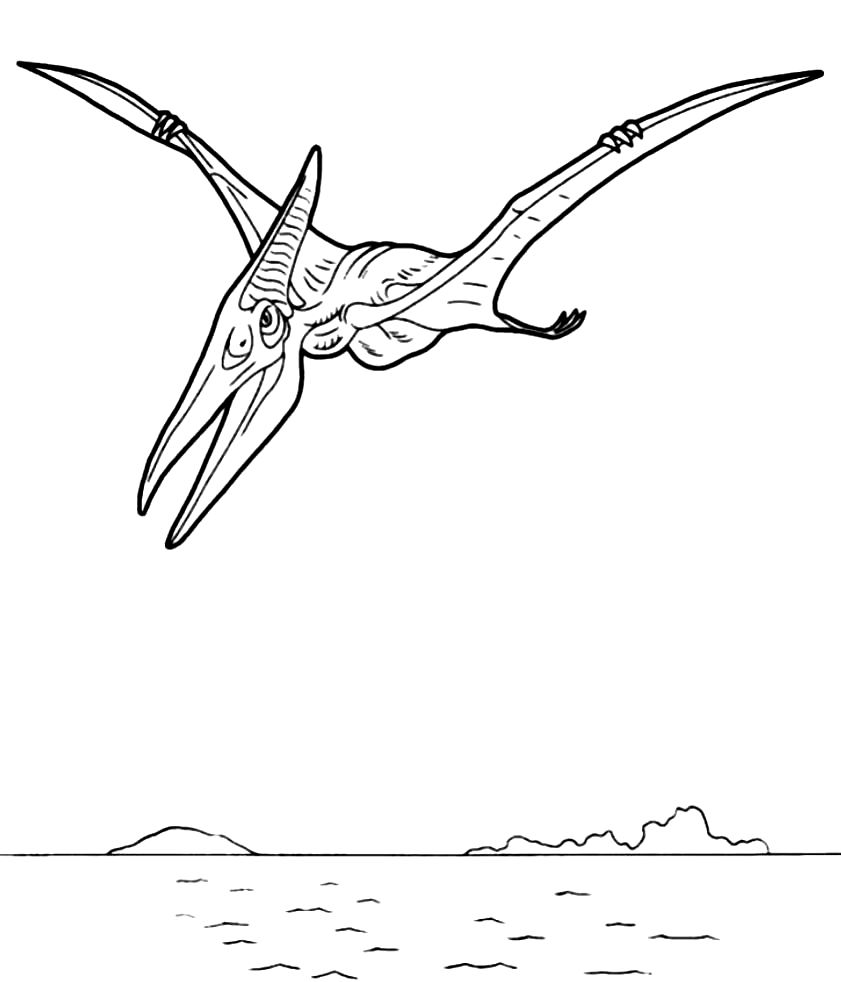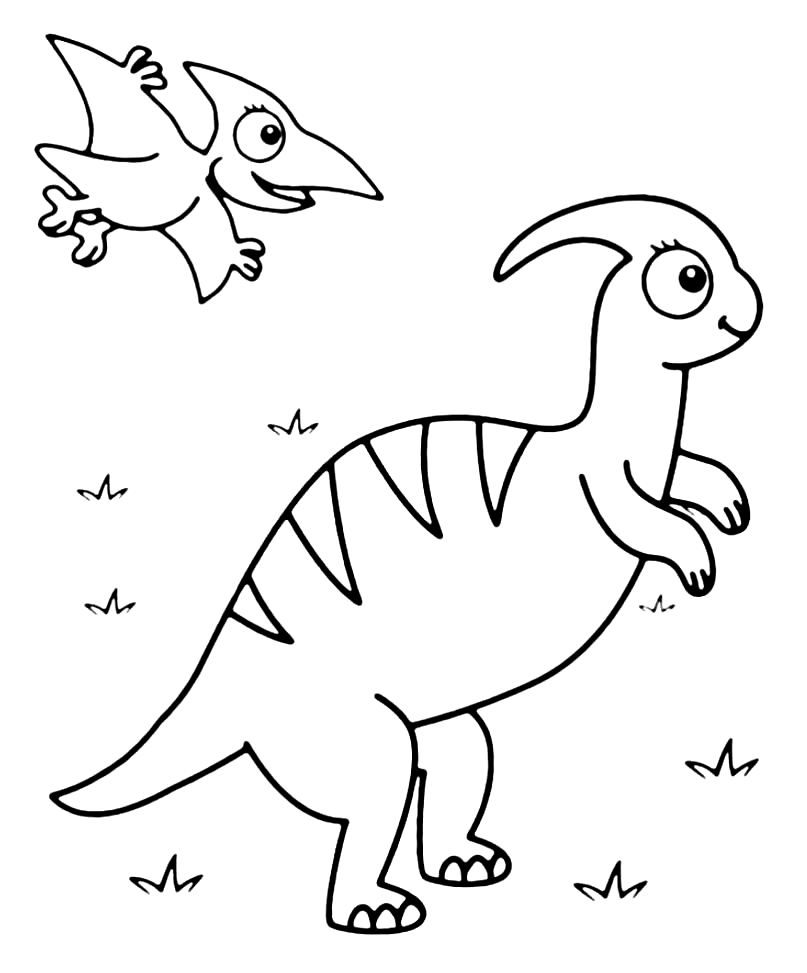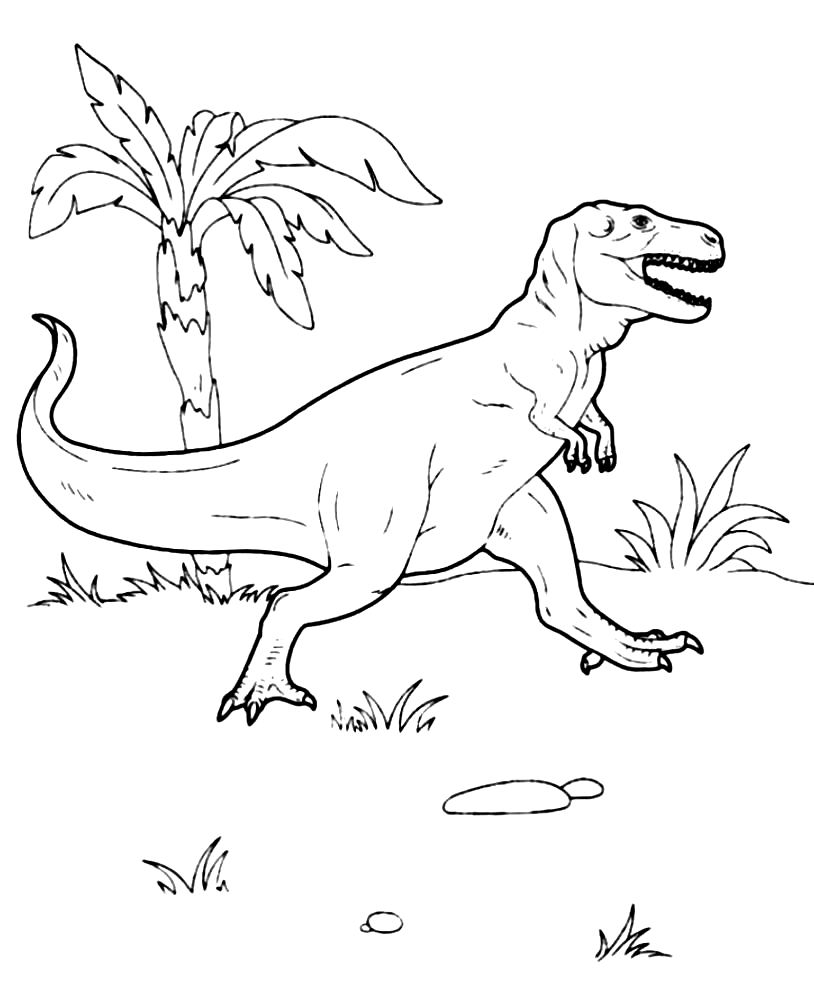Dinosaurs
Free printable fascinating dinosaur coloring pages. Get ready to have fun with coloring pages for historically extinct dinosaurs. Dinosaurs, which have hundreds of varieties, have a very remarkable size and anatomy. We will need some colored pencils for the dinosaurs coloring pages; Let's keep many coloring pencils with us, such as brown, gray, black, blue, orange and red. It will be a fun event. You can choose the page you like to get started right away.
Dinosaurs coloring pages (Printable coloring books)
We wanted to clarify the most known dinosaur species and their names. Scientists have described thousands of dinosaur species over time. Dinosaurs are a large group of animals that are considered to have lived 200 - 220 million years ago in humans.
1-Tyranosaur
Tyrannosaurs, who lived between the late Jurassic Period and the late Cretaceous Period, were the flesh-and-blood versions of death. All species belonging to this genus of large carnivores that lived to kill had strong legs, broad bodies, deep and sharp teeth, and mainly fed on other herbivorous dinosaurs. The "Tyrannosaurs Rex", aka the T-Rex, is the most popular among dinosaurs in general and the strongest of the Tyrannosaurs. Although little known, species belonging to the same genus Albertosaurus and Daspletosaurus are just as deadly as the T-Rex.
2-Sauropod
Sauropods were the true giants of the dinosaur family. Some species have reached lengths of more than 30 meters and weighed more than 100 tons. Most Sauropods evolved to have extremely long necks, tails, and thick legs. The hull structures were of low construction, sloping outwards. Sauropods, the most dominant herbivorous creatures of the Jurassic period, are known as Titanosaurs, the largest surviving group after the tall dinosaurs when the "mass extinction" event occurred towards the end of the Cretaceous Period.
3-Ceratopsian
Ceratopsians are among the strangest looking dinosaurs that have ever lived. Maybe that's why it's one of the first names that come to mind when we think of dinosaurs. Consisting of giant skulls with horns and prone skulls for nearly a third of their bodies, other most well-known subspecies of these genera include familiar dinosaurs such as Triceratops and Pentaceratops. Most Ceratopsians can be considered close to today's cattle and elephants in size, but their most common species, the Protoceratops, which lived during the Cretaceous period, weighed about 45 kg and was almost the size of a cat.
4-Raptor
Raptors are one of the most feared dinosaur species of the Mesozoic Era. This species, called "Dromaeosaurus" by the paleontogs, is classified in the dinosaur species called "Dino birds", which is directly related to modern birds. Raptors gripped strongly on the ground they walked on and had distinctive curved claws. With their agile stance on two feet, three-fingered hands, and larger-than-average brains, they became the deadliest creatures of their age.
5-Theropod
Tyrannosaurs and Raptors are two separate genera of only a small percentage of the bipedal, carnivorous dinosaurs known as Theropods. At least as dangerous as these two, but not so much unknown, other genera are Ceratosaurs, Abelisaurs, Megalosaurs and Allosaurs. The evolutionary relationships between these Theropods are still a topic of discussion. The only thing that leaves no room for doubt is the fact that this dinosaur species was equally dangerous and deadly to any other herbivorous creatures that got in its way.
6-Titanosaur
We can define the time period that coincides with the end of the Jurassic period as the golden age of the Sauropods. At that time, members of the Sauropod family were the ones that roamed all the land on earth and formed the largest part of the dinosaur population. During the Early Cretaceous, all sauropods became extinct, especially species such as Brachiosaurus and Apatosaurus. Just after this extinction, Titanosaur took over the field. These species have evolved to have tough grass-fed armor and basic defensive capabilities just like their larger cousins.
7-Ankylosaurus
Ankylosaurus was the only surviving dinosaur species near the K/T (Cretaceous-Tertiary) extinction 65 million years ago, and had enough evolutionary advantages to do so. Likewise, otherwise this gentle and mentally slow perceptive clumsy herbivore would hardly have survived after all dinosaur species. Its spines, made of pointed and almost unbreakable bone, attached to the spinal skeleton on its armored upper part, were sufficient to keep the predators at bay. Considered the modern tank of the prehistory, Ankylosaurus' men in the herd did not hesitate to fight each other for leadership. They have always been dominant creatures.
8-Feathered dinosaurs
There are dozens of pieces of evidence proving the evolutionary process between dinosaurs and birds during the Mesozoic era. The fossil remains of these tiny feathered Theropods, which combine dinosaur-like and bird-like features in one body, were unearthed in China. Thanks to the preserved fossil remains of Sinornithosaurus and Sinosauropteryx, paleontologists have decided to reconsider dinosaur-bird evolution. It has been one of the most important dinosaur species.
9-Hadrosaur
Known as the "Duckbill", Hadrosaurs were one of the last dinosaurs to survive in a large population, close to extinction. These large creatures with a hard beak-like mouth structure for grinding plants fed on plants close to the ground with their distinctive low head structures. It is believed that most Hadrosaurus lived in herds and could walk on two legs.
10-Ornithomimidae
Ornithomimidae or Ornithomimid, contrary to popular belief, are not like flying birds. Partially resembling modern ostriches, this creature is a type of Theropod dinosaur. These bipedal dinosaur species were fast runners of the Cretaceous period. Some species, such as Dromiceiomimus, are known to reach speeds of up to 50 km/h. Interestingly, Ornithomimids are one of the few Theropod species that eat anything they find and show a partial diet of both carnivores and herbivores.
11-Ornithopoda
Ornithopods, apparently small to medium-sized and described as bipedal plant-eaters, were among the most common dinosaurs of the Mesozoic Era, roaming the plains and woodlands in large herds. From the Late Triassic Period to the Late Cretaceous Period, living things have survived the longest. Ornithopods such as the Iguanodon and Mantellisaurus genera were among the first dinosaurs whose fossils were found, whose bones were assembled and named. This dinosaur has been the subject of numerous theories throughout history. Among the ornithopoda species is the plant-eating dinosaur hadrosaur.
12-Pachycephalosaurus
A strange creature evolved 20 million years before the dinosaurs went extinct. Pachycephalosaur was a bipedal, medium-sized, herbivorous dinosaur with an oval thick bony prominence that curved outward from the upper center of the skull. This genus, which is a bone-headed dinosaur, has varieties such as Stegoceras and Colepiocephale. Looking at the structure of the skull of this species, it is seen that it uses its head to "butt" like a weapon.
13-Prosauropod
In the Late Triassic period, a strange medium-sized herbivorous dinosaur species emerged in the region corresponding to the region of present-day South America. This new species, called Prosauropod, was not a direct ancestor of the gigantic Suropods that reigned during the Late Jurassic, but they came into contact with each other in parallel with their evolutionary processes. Although these creatures, whose fossils are found in Europe, Asia and Africa today and can move on two and four legs, are herbivores, interestingly, they also had a carnivorous diet.
14-Stegosaurus
Stegosaurus is a plant-eating dinosaur species closely related to the armored Ankylosaurs that lived from the Late Jurassic to the Early Cretaceous. They were herbivorous creatures with shields (plates) on their backs called "bony deposits" and weighing up to 2 tons. The purpose of these shields we mentioned is still an unsolved mystery. Paleontologists think they used bone deposits in their backs to dissipate and absorb heat.
15-Therhizinosaur
Unlike its carnivorous cousins that lived in today's Gobi Desert during the Late Cretaceous Period 70 million years ago, it is a herbivorous Theropod dinosaur. Looking at the fossils examined, it was determined that there were feathers on the neck and arms. Their beak-like mouth structures and long scythe-like arms are among the most distinctive features of this creature.









